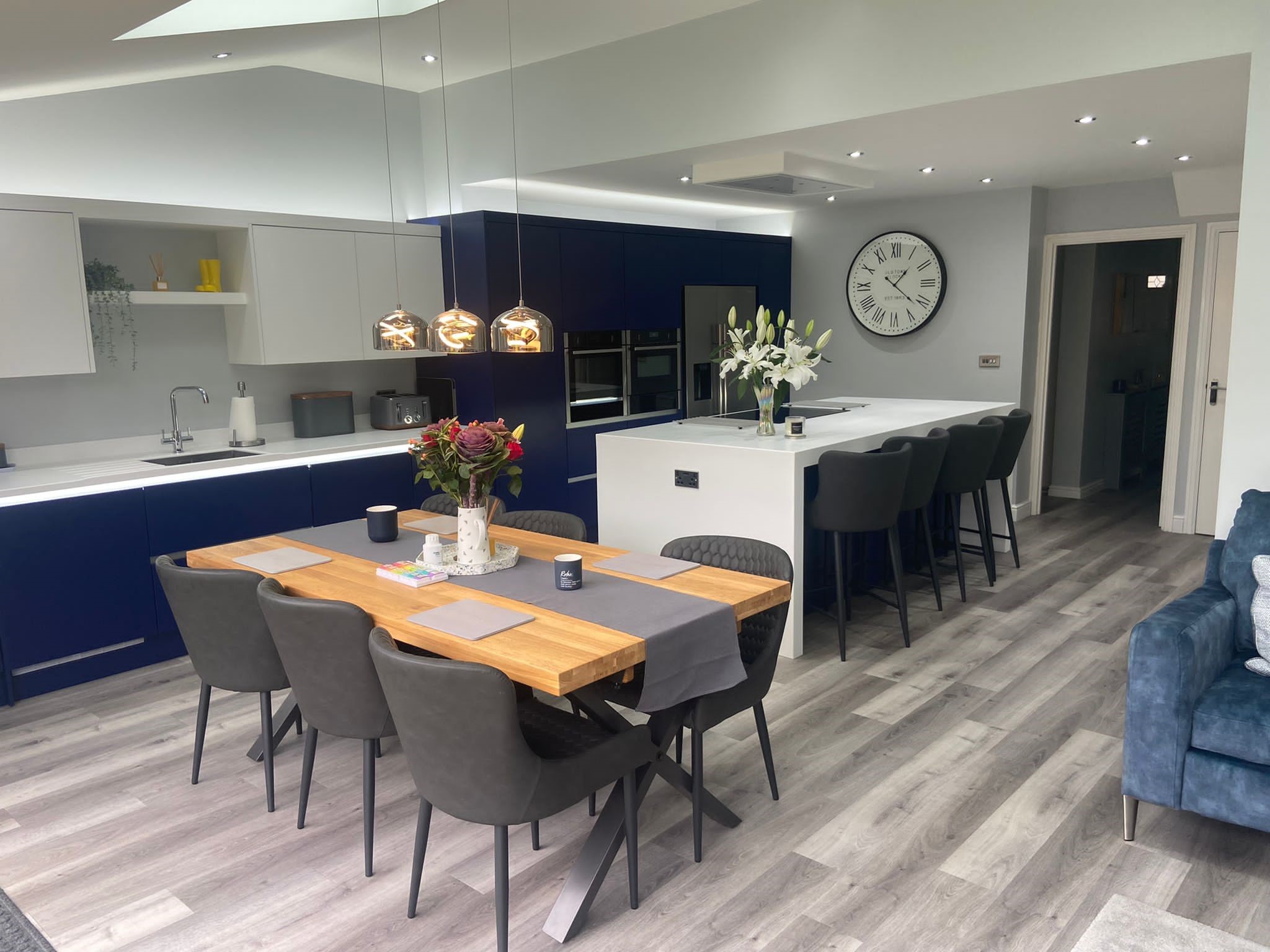Since October 1st, 2022, the laws around the requirement for smoke and carbon monoxide alarms in rental properties have changed. If you haven’t already made sure you’re meeting all the necessary requirements, we have prepared a comprehensive guide for landlords, so you can get caught up with the new changes.
Where do the rules apply?
According to GOV.uk, the new regulations apply to all homes rented by private landlords, or registered providers of social housing, unless excluded.
Tenancies exempt from the regulations include:
- Shared accommodation with a landlord or landlord’s family
- Long leases
- Student halls of residence
- Hotels and refuges
- Care homes
- Hospitals and hospices
- Low-cost ownership homes
- Other accommodation relating to health care provision
Smoke alarms
Since 2015, all private rental homes are required to have at least one working smoke alarm on each storey where there is a room used as living accommodation. The only change to this area of the legislation is that it will now also apply to all social rented homes.
Carbon monoxide alarms
Carbon monoxide alarms are required to be installed in all rooms of a private rented property where there are any fixed combustion appliances such as gas or oil-fired boilers, except for gas cookers. The smoke alarm must be fitted and in working order at the start of each new tenancy.
How to test if your alarms are in proper working order
You will need to make sure your alarms have been tested and are in working order at the start of each new tenancy. It is as simple as pressing the test button until the alarm sounds, and you should also advise your tenants to do the same regularly. If a tenant reports an alarm is not working during the tenancy and it is found not to be, their agent or landlord is then legally obliged to repair or replace it as soon as reasonably possible. As for battery-operated alarms, it is the tenant’s responsibility to check and, where possible, replace the batteries themselves. If tenants are unable to do so, they should then report this to their landlord.
If the alarm is not working
As stated above, a faulty or broken alarm must be attended to by the landlord as soon as reasonably possible. If action is not taken, the local authority may issue a remedial notice to enforce the repayment or repair, and the agent or landlord must take specified action within 21 days. If the landlord or agent disagrees to the terms, they may make written representations which will suspend the notice for one week. The local authority will need to respond with their final decision in writing within those seven days, or the notice will be automatically withdrawn.
Enforcement for incompliance
Although local authority landlords cannot take enforcement action against themselves in respect of their own stock, they will be expected to ensure their housing is safe and they will be subject to these legislative requirements. Like public authorities, local authorities can be challenged by way of judicial review.
Local authority landlords are obliged to comply with the regulatory regime overseen by the Regulator of Social Housing.
How you can prove you tested your alarms at the start of a tenancy
Make sure you keep a record of when alarms are tested, as the landlord is obligated to do so. The local housing authority must decide whether the evidence provided, proves that the landlord has met the requirements of the regulations.
The most straight-forward procedure, while going through inventory on the first day of the tenancy, is to have the tenant sign the inventory to record that the required alarms have been tested by the landlord and the tenant is satisfied that they are in working order.
We can help you remain compliant. Get in touch to discuss our management packages today.






